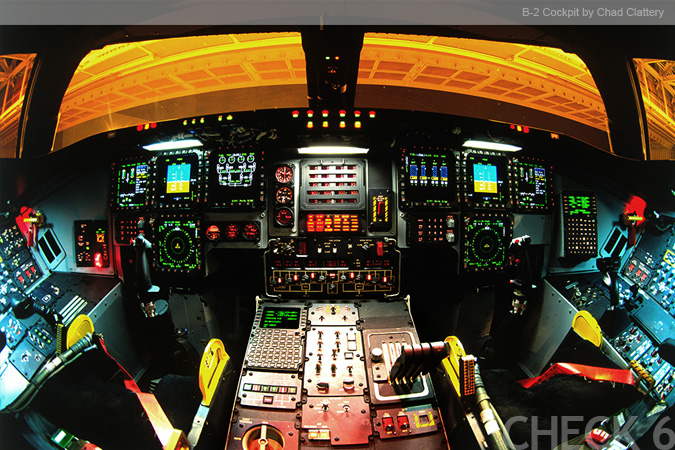 |
| Could this be what the cockpit looks like 5 min before landing? Empty? www.check-6.com (Great source for Aircraft photographs) |
Our latest obsession these days in terms of business is budget cuts!
Managers and company 'wise-guys' have been coming up with great ways to save money. Some of these include not providing bottles of water at press conferences or press releases, universities that will not be named reverting to not allowing students to bring their own fridges to residence and even making senior business executives hit the road to their important business meetings instead of using the company jets. But this one particular business idea caught my eye.
Ryanair announced that they would like to eliminate the presence of the co-pilot on flights and train an air-hostess to land the aircraft in the event of an emergency; all to save operational costs. This comes after they already began forcing their passengers to do their 'bathroom business' prior to boarding a flight, which I admit was a reasonable decision, especially for short local flights.
What I'm quite curious about and would like to have clarified is the amount Ryanair would be willing to pay to train an air hostess to bring them to the level of qualification required of a pilot to land a 50-tonne, 200 seater, Boeing 737 aircraft safely.
I'll be watching their stocks closely this week to see which direction this idea would take them. Will investors applaud this as an innovative model and contribute accordingly? Or will Ryanair's passengers feel unhappy that profits appear to be placed ahead of their safety in terms of their carrier's priorities? Whichever will outweigh the other should show by the end of the week.
We should keep in mind though that the state-of-the art avionics that assist in the operation of most modern aircraft today have greatly assumed much of the standard roles of the pilot on a good day. But when it comes to an emergency, I'm sure a substantial number of passengers will want a second fully trained pilot controlling the clipper.
What do you think?

